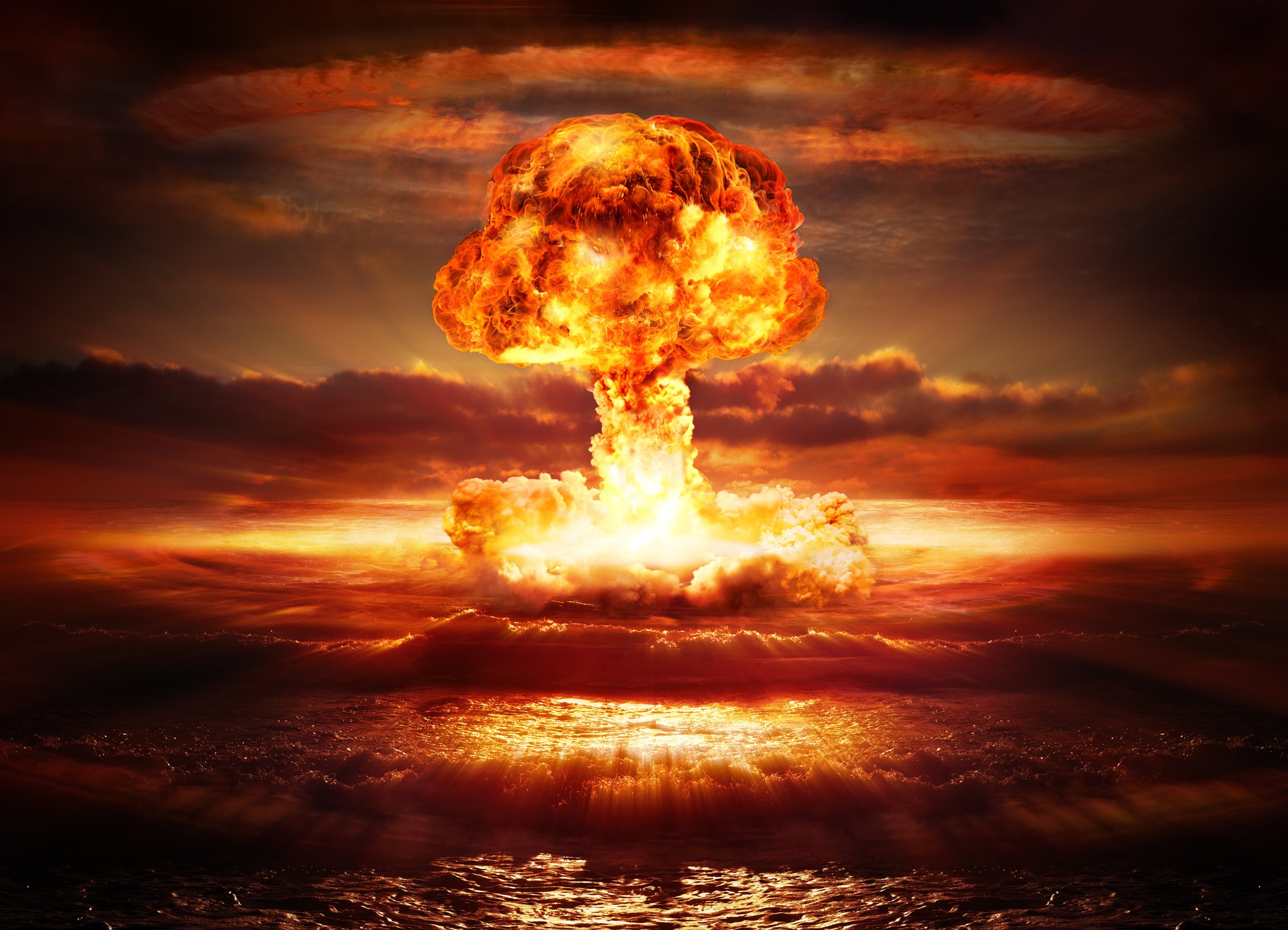In August 1945, the United States dropped two atomic bombs on Hiroshima, Japan; The tragedy devastated the region and killed more than 140,000 people. As explained in a study published in the scientific journal Earth and Planetary Science Letters, a group of scientists state that: The explosion of the bombs could help unravel mysteries about the formation of the Solar System.
Researchers collected samples of debris caused by the bombs’ nuclear reaction, which formed a type of glass sphere; they found them scattered along the Motoujina beach. Analysis shows that small glass balls were formed by the process of condensation during the explosion.
What’s interesting about this discovery is that astrochemist Nathan Asset at the University of Paris Cité states: The formation of primitive meteorites has a similar process.
This type of meteorite, called chondrite, developed in the Solar System through cosmic dust and nebula gas. The research shows that the spectacle formation is similar to early cosmic objects in our star system.
“Chemical reactions during the condensation of Hiroshima glasses are probably the source of the mass-independent splitting of oxygen. The fact that Hiroshima glasses are formed by condensation suggests that they may be an analogue of the first condensates in the solar system: calcium-aluminium-rich inclusions (CAIs) found in chondrites.” Hiroshima glasses are chemical and isotopic It is similar to CAIs in terms of their composition (Si and O),” explains the article.
Hiroshima and the Solar System
To understand how the samples were created, the researchers ran simulations that reconstructed the conditions of the Hiroshima explosions. So, when examining 94 fragments left over from nuclear bombs, they found four types of glass: melitic, anorthosite, soda lime and silica.
The spheres look like other small pieces of ordinary glass but further analysis highlights It turns out that the oxygen and silicon isotopes are different from what would normally be expected.
It is important to emphasize that a nuclear explosion and the formation of cosmic objects occur with different dynamics, but the study suggests that understanding the process of transition from gas to solid may help uncover some mysteries about the beginning of the Solar System.
“It appears that these isotopic compositions are a result of their formation through condensation at high temperatures in the Hiroshima nuclear cloud. Hiroshima glasses provide a better understanding of the processes that occurred during and after the Hiroshima explosion. Formation pattern and isotopes,” the paper concludes.
Did you like the content? Stay up to date with the latest astronomical studies at TecMundo. If you want, take the opportunity to discover why Brazil cannot have nuclear weapons.
Source: Tec Mundo
I’m Blaine Morgan, an experienced journalist and writer with over 8 years of experience in the tech industry. My expertise lies in writing about technology news and trends, covering everything from cutting-edge gadgets to emerging software developments. I’ve written for several leading publications including Gadget Onus where I am an author.













